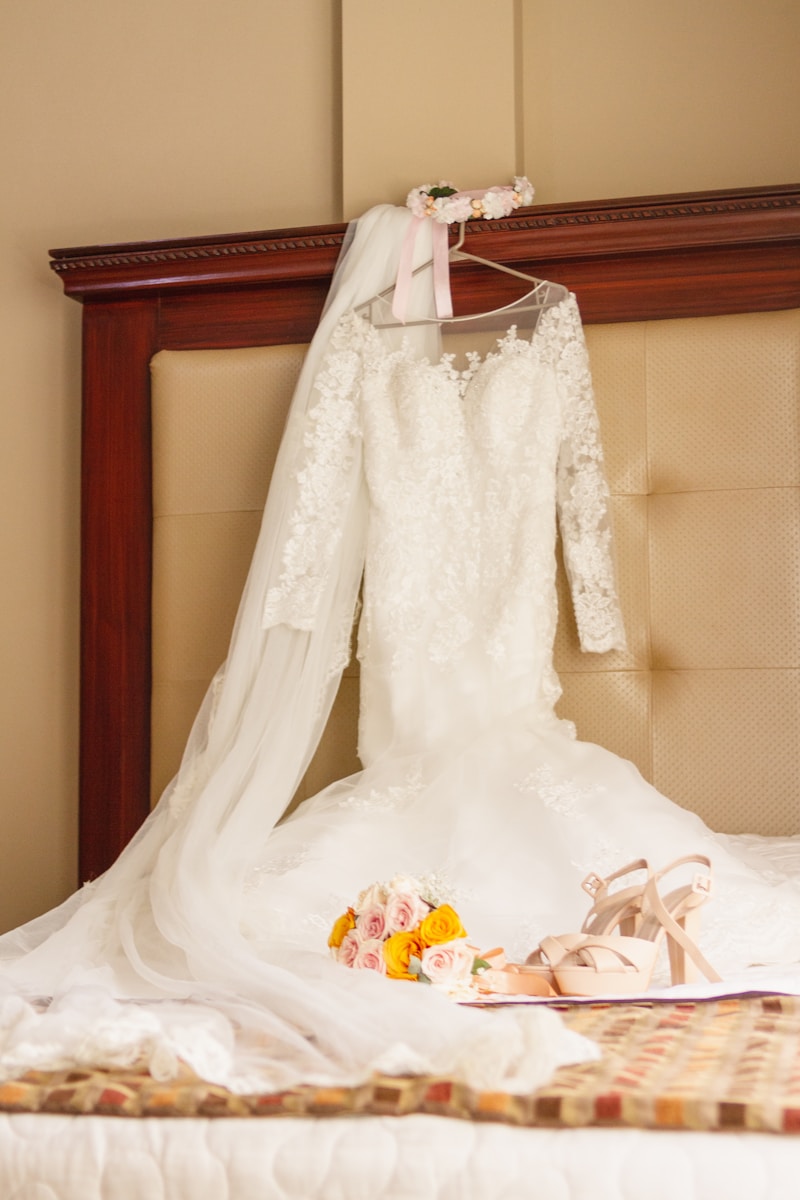Mastering Chiffon Draping Techniques in Bridal Design: A Comprehensive Guide
Mastering Chiffon Draping Techniques in Bridal Design: A Comprehensive Guide
When it comes to bridal design, every detail counts, and chiffon draping techniques stand out as a vital element in creating stunning, elegant Wedding gowns. Understanding and mastering these techniques can elevate a bridal collection, impressing both clients and critics alike. This article dives deep into the nuances of chiffon draping in bridal fashion, providing insights, tips, and common practices.
Understanding Chiffon and Its Importance in Bridal Design
Chiffon is a lightweight, sheer fabric that offers a beautiful drape and a romantic feel, making it a popular choice for bridal wear. Its delicate nature can be a challenge to work with, but when done correctly, chiffon draping techniques can transform a simple dress into a breathtaking creation. Below are some benefits of using chiffon in bridal design:
- Flowing Elegance: Chiffon enhances the overall silhouette, creating graceful movements.
- Versatility: It can be layered, pleated, or ruched to achieve various design aesthetics.
- Airiness: Perfect for spring or summer weddings, chiffon allows for breathability and comfort.
Essential Chiffon Draping Techniques
Here are some fundamental chiffon draping techniques that are essential for bridal design:
1. Soft Draping
Soft draping involves creating gentle folds of chiffon that cascade down the body. It can be done on various dress styles, accentuating curves.
2. Asymmetrical Draping
This technique offers a modern flair to traditional bridal gowns. Draping chiffon diagonally can draw the eye and create an illusion of length.
3. Ruched Drapes
Ruched techniques involve gathering fabric to create texture. This is especially effective on bodices, adding depth and interest.
4. Layered Draping
Layered draping allows for the combination of different effects. Using multiple chiffon layers can create volume, giving bridal wear a fairy-tale feel.
| Technique | Description | Best Use |
| Soft Draping | Gentle folds that enhance natural curves. | Classic A-line dresses. |
| Asymmetrical Draping | Diagonal folds for a modern look. | Mermaid and sheath gowns. |
| Ruched Drapes | Gathered fabric creating texture. | Bodice details. |
| Layered Draping | Combining layers for volume. | Ball gowns and princess styles. |
Tools and Materials Required
Before you begin working with chiffon, it’s crucial to have the right tools:
- Sewing Machine: A machine capable of handling delicate fabrics.
- Needles: Use lightweight and sharp needles to avoid snags.
- Thread: Choose a thread that matches the sheer quality of chiffon.
- Fabric Clips: These are preferable to pins to avoid damaging the fabric.
Common Challenges and Solutions
When using chiffon, several challenges may arise. Here are some solutions to help you navigate them:
1. Slippery Fabric
Chiffon can be quite slippery, making it difficult to handle. To combat this, use fabric weights or Clips to keep layers in place during sewing.
2. Fraying Edges
Chiffon edges can fray easily. Use a serger or finish the edges with a narrow hem to prevent this issue.
3. Uneven Drapes
To ensure even drapes, always measure and pin your fabric before sewing. Taking time to adjust can save effort later.

Fashion Inspirations and Trends
With each bridal season, new trends emerge in chiffon designs. Here are a few to look out for:
- Eco-Friendly Fabrics: Many designers are leaning towards sustainable fabric sourcing.
- Bridal Jumpsuits: Chiffon is making its way into non-traditional bridal wear, like jumpsuits.
- Capelet Details: Adding chiffon capelets can create both drama and elegance.
Inspirational Figures in Bridal Design
Numerous renowned designers have popularized chiffon draping techniques. Here are just a few notable names:
- Vera Wang: Known for her romantic styles and innovative layering techniques.
- Monique Lhuillier: Celebrated for brides who desire intricate details and luxurious finishes.
Conclusion: The Allure of Chiffon Draping in Bridal Design
In summary, mastering chiffon draping techniques can enhance your bridal designs significantly. Understanding the fabric, practicing various techniques, and staying updated with current trends will elevate your creations. As you embark on your chiffon journey, keep in mind the importance of patience, precision, and creativity. Whether you’re a designer or a bride looking to customize your dress, these techniques offer beautiful possibilities.
Final Tips: Practice sewing with chiffon on sample pieces before commencing your final design. This will give you a feel for the material, ensuring you can achieve the draping effects you desire. Additionally, stay inspired by continuously researching and exploring the work of top bridal designers in your area.
Embrace your creativity, and let the ethereal beauty of chiffon elevate your bridal designs!
